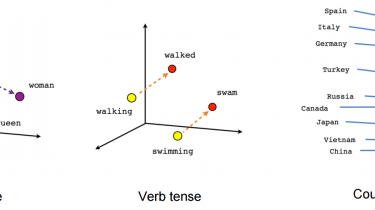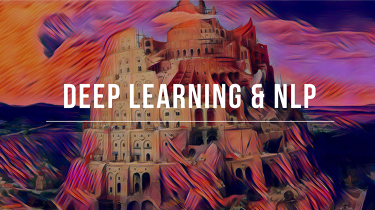Gradient Descent in Python: Implementation and Theory
Introduction This tutorial is an introduction to a simple optimization technique called gradient descent, which has seen major application in state-of-the-art machine learning models. We’ll develop a general purpose routine to implement gradient descent and apply it to solve different problems, including classification via supervised learning. In this process, we’ll gain an insight into the working of this algorithm and study the effect of various hyper-parameters on its performance. We’ll also go over batch and stochastic gradient descent variants as […]
Read more








